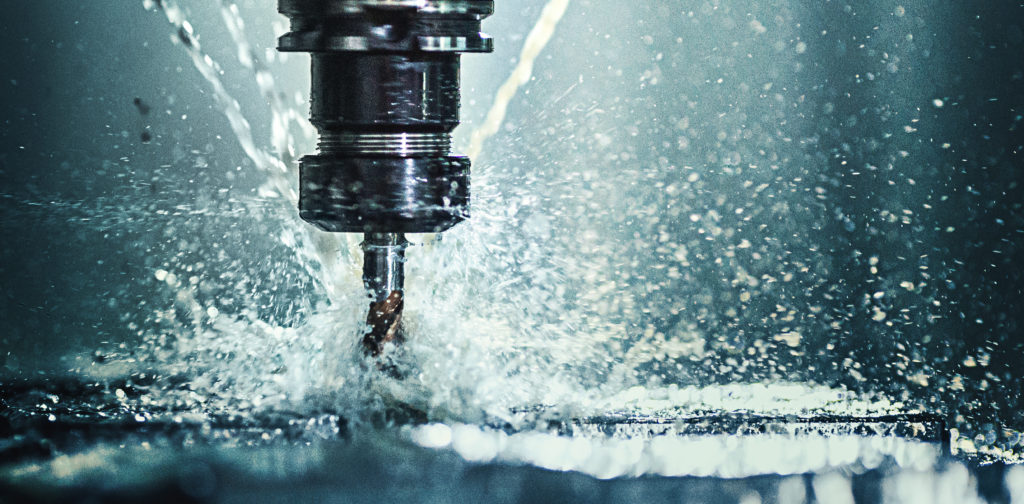While using a cordless drill may suffice for small DIY projects, there will come a time when you need the precision and accuracy of a drill press for tasks that require specific hole depths and distances. To ensure excellent results in your next project, it’s essential to select the right drill press with the necessary features. This buyer’s guide aims to assist you in finding the ideal drill press for your needs, whether you’re working with metal or wood.
Understanding Drill Presses: A drill press is similar to a handheld drill, featuring a drill chuck to hold various drill bits. However, the similarities end there, as drill presses are not operated by hand. Instead, the drill press consists of a motor, chuck assembly, speed control handle, and feed handle mounted on a sturdy support column and base. An adjustable worktable, often accompanied by a vise, moves along the column.
Types of Drill Presses: There are two main types of drill presses: benchtop and floor models.
Benchtop Drill Press: As the name implies, the benchtop drill press is designed to fit conveniently on a workbench, making it suitable for smaller projects and compact workshops. These drill presses typically have an 8- to 12-inch swing, which is the distance from the center of the drill chuck to the edge of the support column, multiplied by two. They can drill holes up to 2 to 3-3/8 inches deep, making them ideal for garage setups.
Floor Drill Press: Floor drill presses, on the other hand, are standalone machines that are securely fastened to the shop floor. They offer more power for heavy-duty tasks and larger workpieces, usually featuring a 13- to 20-inch swing and the ability to drill holes 3 to 6 inches deep.
Common Uses for a Drill Press: While drilling holes is the primary function of a drill press, there are several other applications where it excels:
- Drilling holes to a specific depth using a depth stop.
- Drilling angled holes by tilting the head or table if the drill press has those features.
- Reaming precise-diameter holes.
- Creating threaded holes with a tap.
- Countersinking holes for flat-headed screws or deburring hole edges.
- Counterboring to accommodate socket head cap screws.
- Cutting square or rectangular holes in wood using a mortising bit.
- Sanding materials using a sanding drum that fits into the drill chuck.
Important Features to Consider: When choosing a drill press, there are several key features to look for:
- Sufficient Horsepower: Aim for a drill press with at least 1/2 horsepower unless you regularly drill large holes in tough metals. More power may be necessary for heavy-duty applications.
- Swing Size: Determine the swing size you require based on the distance from the center of the chuck to the column. Consider larger swings if you’ll be drilling holes more than six inches from the edge of your workpieces.
- Depth Stop: A depth stop is crucial for consistent drilling when multiple holes need to be drilled to the same depth.
- Stroke Distance: More stroke distance allows for working with longer drill bits and thicker materials, enhancing the versatility of the drill press.
- Digital Readout: A drill press with a digital readout displays the running speed and can provide precise depth measurements.
- Chuck Capacity: Ensure the drill chuck has a large enough capacity to accommodate the size of drill bits you intend to use.
- Adjustable Worktable: Look for a high-quality worktable that can be adjusted vertically and sometimes swiveled to accommodate various workpiece sizes and hole depths.
- Warranty: Check for a solid warranty to ensure the longevity of your drill press. Some manufacturers offer warranties that include additional features like laser guide alignment systems.
Common Drill Press Accessories: To enhance your drill press capabilities, consider these common accessories:
- Heavy-Duty Worktable: Especially useful for benchtop drill presses, a sturdy worktable provides a reliable surface for attaching your drill press.
- Drill Press Vise: A vise is essential for securely holding smaller parts during drilling.
- Mortising Chisels: These chisels are used for cutting square and other-shaped holes.
- LED Work Light: Built-in lights improve visibility and reduce shadows during drilling.
- Sanding Drums: Attachable sanding drums expand the drill press’s functionality to include sanding tasks.
- Laser Guide: A laser guide with crosshair lines on the workpiece helps achieve precise drilling accuracy.
Cost of Drill Presses: Drill press prices vary based on features and accessories. Smaller benchtop models can start as low as $40 to $50, while larger drill presses with advanced features can reach prices of $10,000 or more. Generally, the price reflects the quality and capabilities of the drill press.
Benefits of Owning a Drill Press: Investing in a drill press provides several advantages:
- Increased Control and Power: Drill presses offer greater control and power compared to handheld drills, resulting in faster and more accurate drilling.
- Versatility: With the ability to handle larger drill bits and work with harder materials, drill presses are more versatile for various applications.
- Durability: A quality drill press will outlast a handheld drill while consistently delivering high performance.
Conclusion: A drill press is a valuable tool that offers precise drilling and increased efficiency. It is an essential addition to any machine shop or workshop, whether you’re a professional or a hobbyist. By considering the necessary features and accessories, you can select the perfect drill press for your needs and ensure successful project outcomes.

